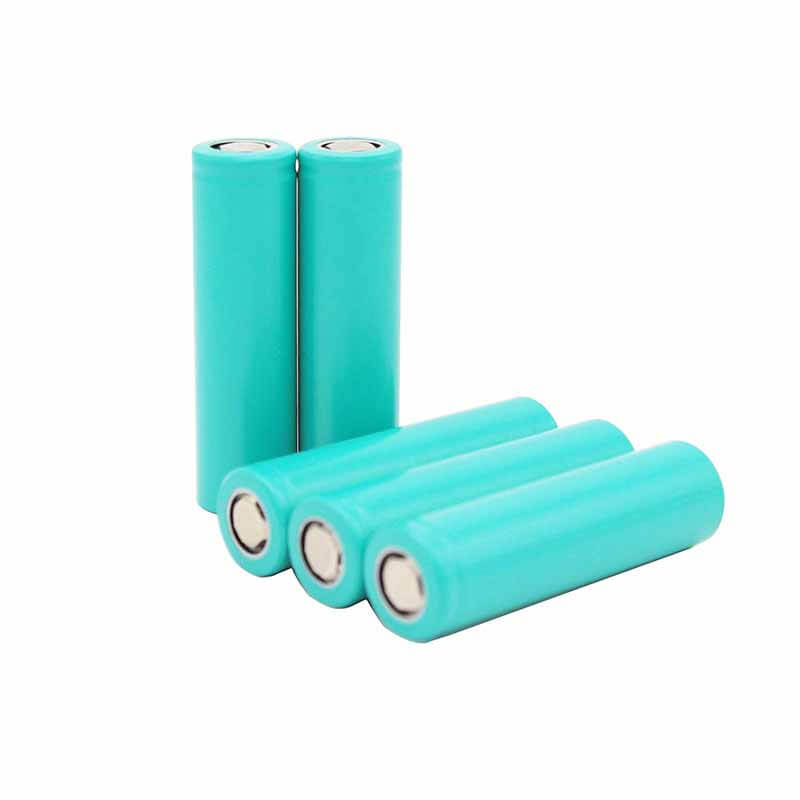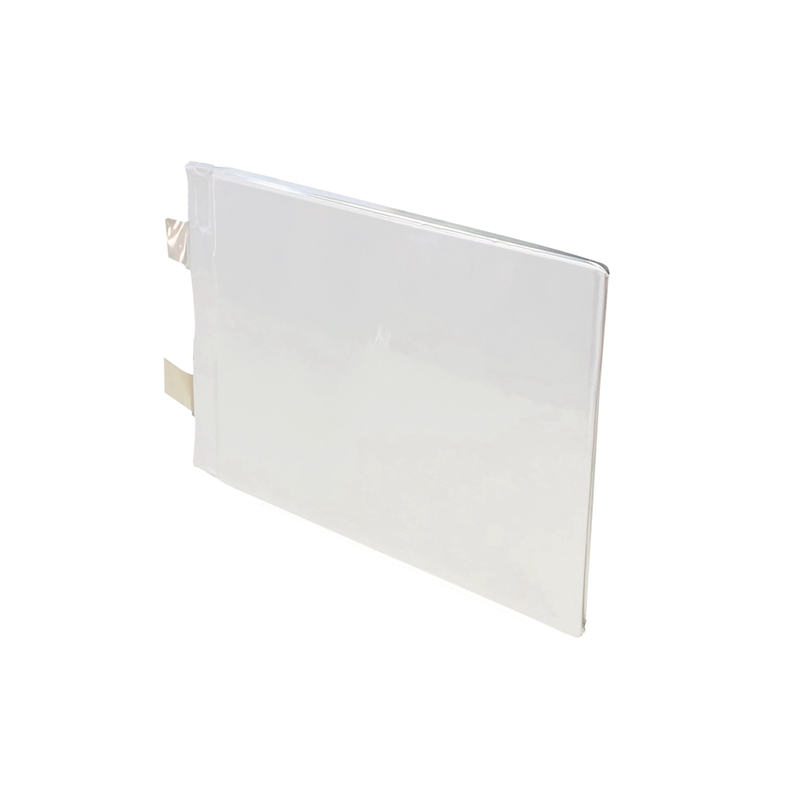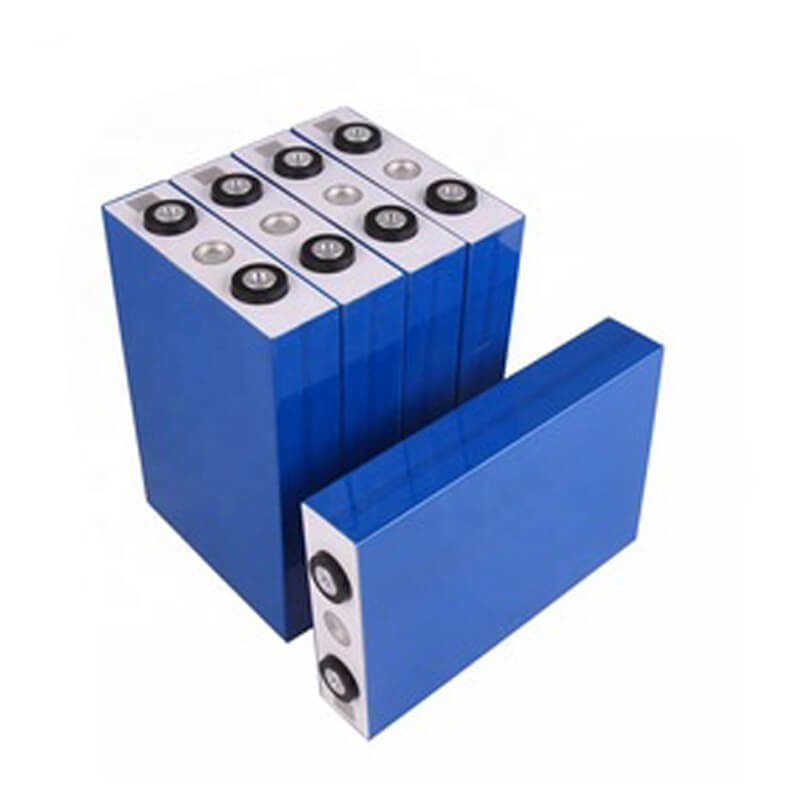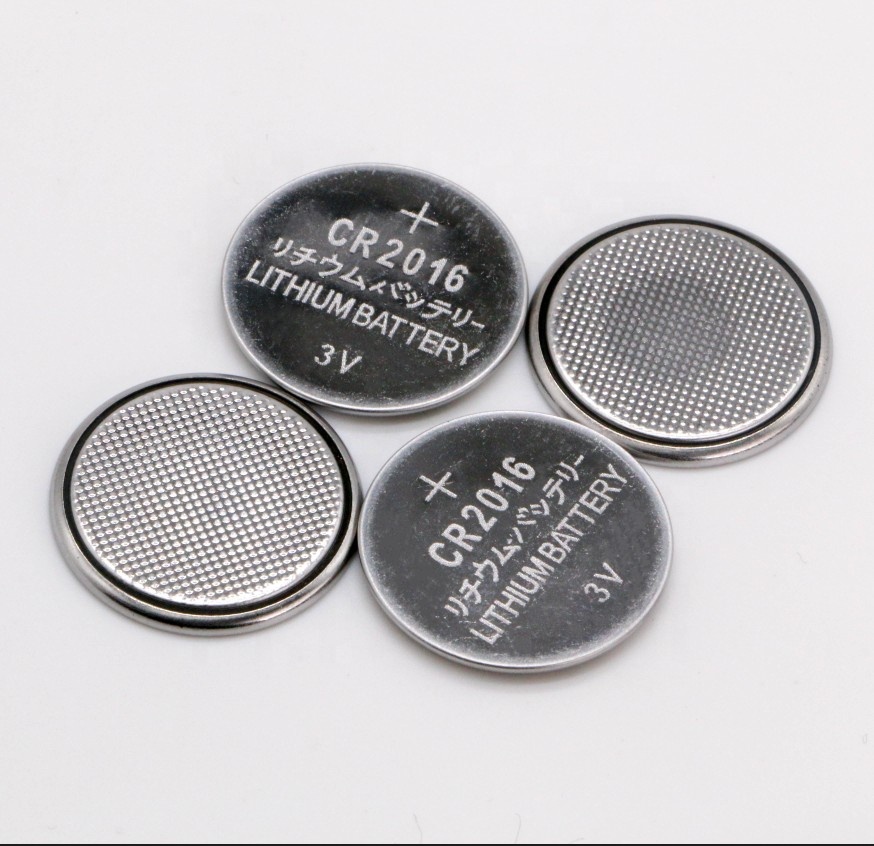Types of batteries and battery chemistries
Batteries come in different shapes and sizes, various output voltages and currents, charge/discharge characteristics and chemistries. All of these characteristics play very important role in choosing the right battery chemistry for your DIY powerwall, solar energy storage, powertool battery or a drop-in replacement for your RV/boat/car. As an example, if you're building a lithium-based powerwall battery to store your solar energy you will want to use a chemistry that has the highest cycle life such as LiFePO4. As another example if you're building a powertool battery replacement you will want to use 18650 shaped cells because of their high volumetric density and small size even though their full charge/discharge cycle is lower as you'll replace that battery in a year or two anyways.
Battery shapes
Cylindrical cells

This is a representation of a cylindrical cell. Today, these will probably come in a 18650 format. Popularized by Tesla Motors and replaced by 21700 format.
Pouch cells

Pouch cells look like a large cartridge/tray. These are used by some car and energy storage providers and often in thin laptops that do not have replacable batteries.
Prismatic cells

Prismatic cells are usually based on LiFePO4 chemistry. These are easy to put together as a 12V pack as shown on the photo and often used as powerwall storage because of their lifecycle duration and high discharge rates.
Button cells

This is a representation of a button cell. Pictured is a lithium based cell used in hearing aids and computer motherboards.
Battery chemistries
Lithium
NiMh
NiCd
Lead Acid
Energy Density (Wh/kg)
90 - 190
60 - 120
45 - 80
30 - 50
Cycle life
500 - 2000
300 - 500
1000
100 (std) - 3000 (deep)
Power
1C / 30C
0.5C / 5C
1C / 20C
0.2C / 5C peak
Operating temp.
-20 to 60°C
-4 to 140°F
-30 to + 75°C
-22 to 167F
-20 to + 45°C
-4 to 113F
-20 to 60°C
-4 to 140°F
Cell Voltage (nominal)
3.6V / 3.8V / 3.3V
Cobalt / Manganate / Phosphate
1.2V
1.2V
2V
Toxicity
Low
Low
Very High
Very High
All specs under best case scenario with all precautions in place (overcharge, overdischarge, overcurrent protections) and other manufacturer recommendations.
Lithium battery chemistry

This is a representation of a cylindrical cell. Today, these will probably come in a 18650 format. Popularized by Tesla Motors and replaced by 21700 format.

Pouch cells look like a large cartridge/tray. These are used by some car and energy storage providers and often in thin laptops that do not have replacable batteries.

Prismatic cells are usually based on LiFePO4 chemistry. These are easy to put together as a 12V pack as shown on the photo and often used as powerwall storage because of their lifecycle duration and high discharge rates.

This is a representation of a button cell. Pictured is a lithium based cell used in hearing aids and computer motherboards.
Lithium |
NiMh |
NiCd |
Lead Acid |
|
|---|---|---|---|---|
| Energy Density (Wh/kg) | 90 - 190 | 60 - 120 | 45 - 80 | 30 - 50 |
| Cycle life | 500 - 2000 | 300 - 500 | 1000 | 100 (std) - 3000 (deep) |
| Power | 1C / 30C | 0.5C / 5C | 1C / 20C | 0.2C / 5C peak |
| Operating temp. | -20 to 60°C -4 to 140°F |
-30 to + 75°C -22 to 167F |
-20 to + 45°C -4 to 113F |
-20 to 60°C -4 to 140°F |
| Cell Voltage (nominal) | 3.6V / 3.8V / 3.3V Cobalt / Manganate / Phosphate |
1.2V | 1.2V | 2V |
| Toxicity | Low | Low | Very High | Very High |
| All specs under best case scenario with all precautions in place (overcharge, overdischarge, overcurrent protections) and other manufacturer recommendations. | ||||
Most batteries used in every electronic device nowadays use lithium-based chemistries. A lithium based cell consists of a metal oxide on the anode, porous carbon on the cathode
and electrolyte. From 2010 onwards common cathode materials are Lithium Cobalt Oxide (Lithium Cobaltate), Lithium Manganese Oxide (Lithium Manganate), Lithium Iron Phosphate (LiFePO4),
Lithium Nickel Manganese Cobalt (or NMC) and Lithium Nickel Cobalt Aluminum Oxide (or NCA). Cobalt supply is one of the largest problems when it comes to sourcing materials as the largest
deposits are in DRC Congo which produces 50% of the world's Cobalt supply. One of the largest EV manufacturers in the world has changed it's cell chemistry to use less and less cobalt with
each iteration of it's lithium cells.
Lithium Cobalt |
Lithium Manganate |
Lithium Phosphate |
NMC |
|
|---|---|---|---|---|
| Voltage | 3.6V | 3.7V | 3.3V | 3.6/3.7V |
| SoC 100% | 4.2V | 4.2V | 3.6V | 4.2V |
| Cycle life | 500 | 500 - 1000 | 1000 - 2000 | 1000 - 2000 |
| Volumetric Energy | 150 – 190 Wh/kg | 100 – 135 Wh/kg | 90 – 120 Wh/kg | 140 Wh/kg |
| Power | 1C | 10C, 40C pulse | 35C continuous | 10C |
| Thermal runaway | 150°C (302°F) | 250°C (482°F) | 270°C (518°F) | 210°C (410°F) |
| Operating temp. | 0 to 45°C 32 to 113°F |
0 to 45°C 32 to 113°F |
-20 to 60°C -4 to 140°F |
-20 to 60°C -4 to 140°F |
| Safety | Average: cell balancing and protection circuit needed | Average: cell balancing and protection circuit needed | Very good: cell balancing and protection circuit | Very good: cell balancing and protection circuit |
| Toxicity | Sony, Sanyo, FDK, Saft | NEC, Samsung, Hitachi | UT, QH, MIT A123, Valence | Sony, Sanyo, Nissan Motor |
Lead Acid (Pb) chemistry
Invented in 1859 by a french physicist Gaston Planté, lead acid batteries are the earliest commercial rechargable batteries.
Lead Acid batteries have mostly been used as starting batteries (for example, car battery) and as solar storage (deep cycle), backup energy storage for hospitals, cell phone towers etc.
Compared to newer technologies, lead acid batteries are inexpensive, however they have much lower volumetric density and many times more.
Deep cycle lead acid batteries weigh even more, have a lower peak discharge current compared to wet lead acid batteries and have thicker plates.
Standard (wet) lead acid batteries have a relatively short cycle life due to grid corrosion of the positive electrode. These versions of lead acid batteries require maintenance - electrolyte
needs to be topped off ever 60-90 days.
A sealed version of lead acid battery chemistry was introduced in 1970s as AGM (Absorbed Glass Mat) which has separators made out of fibre glass
mat soaked in electrolyte between cathodes. Depending on the depth of discharge (lowest SoC being 50%), sealed lead-acid batteries provide 200-300 charge/discharge cycles.
All car manufacturers are expected to phase these out in favour of 48V lithium batteries, while the deep cycle solar storage batteries are already being phased out.